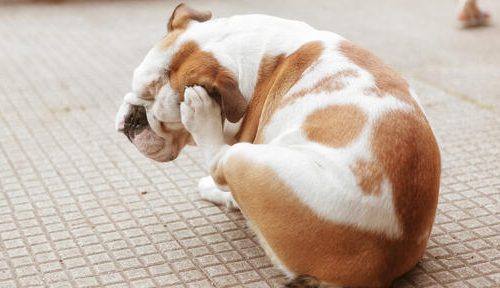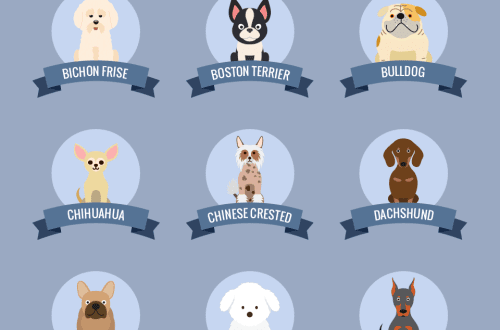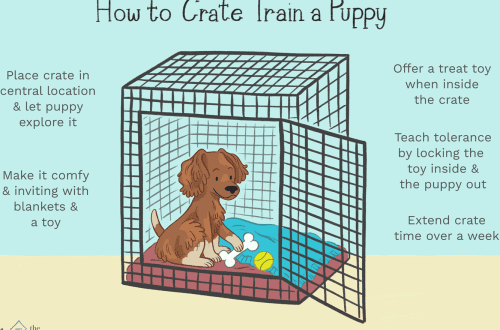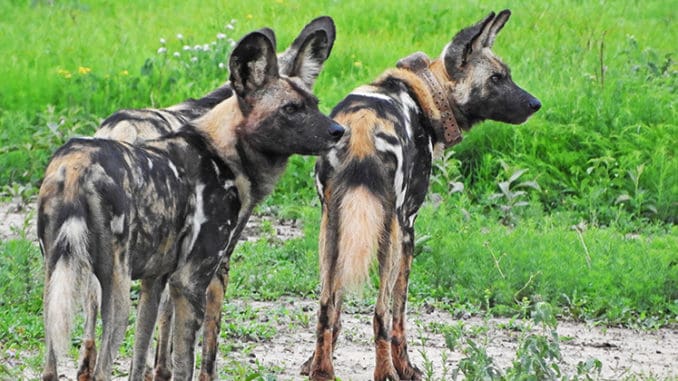
कौटुंबिक जीवनासाठी जंगली कुत्रा अनुकूलन: अंदाज आणि विविधता
I’ll make a reservation right away that it is necessary to work with each wild dog based on the individual characteristics of the animal. I highly recommend working on the rehabilitation and adaptation of a wild dog in a team with a zoopsychologist: mistakes in work can lead to serious setbacks or provoke aggression or depression in the dog. Yes, and a specialist usually operates with a wide range of tools of various methods and games aimed at developing contact with a person. In this article, I’ll focus on how to balance predictability and variety when adapting a wild dog to family life.
फोटो: wikimedia.org
सामग्री
Predictability in the adaptation of a wild dog to life in a family
Remember, we have already talked about how a wild dog perceives us at first? We are strange and incomprehensible creatures, the whole house is filled with incomprehensible and probably hostile sounds and smells for the dog. And our primary task, which we do during the first 3-7 days, is to create maximum predictability. Everything is predictable.
We give the dog the first key to understanding us as a species. And we do this by prescribing rituals, many rituals that accompany our appearance and presence in the life of a dog.
For example, our sudden appearance in the room where the dog is located can frighten it. Our task is to calm and relax the dog as best as possible. I highly recommend every time you enter a room, for example, knock on the door frame, then enter.
We put a bowl of food. By the way, at first try to avoid using metal bowls – the noise that the bowl moves on the floor or the dry food taps on the sides of the bowl creates can scare the dog. Ideally, use ceramic bowls – they are good from a hygienic point of view, and quite quiet. Before lowering the bowl to the floor, call the dog by name, tap on the side, say what will later be the signal to start the meal.
We put a bowl of water – they called by name, knocked on the side, said: “Drink”, put the bowl.
We decided to sit on the floor – slapped the floor with our palms, sat down. They decided to get up: they slapped their hands, they got up.
Leave the house – come up with a script, tell the dog that you are leaving. Returned home, tell her this from the hallway.
As many everyday scenarios as possible. Over time, you will see that the dog, which, when tapped on the jamb before entering the room, ran headlong under the table and pressed against the farthest wall there, begins to run away at a trot. She is still hiding, yes, but already lying in the center of the “house”, then sticking her head out. And one day you open the door and find a dog standing in the center of the room and looking at you.
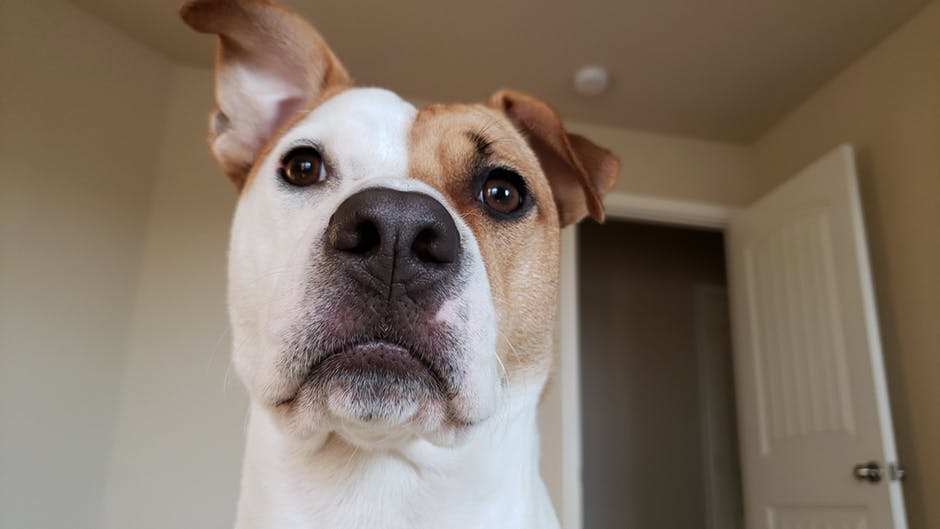



फोटो: pexels.com
A dog that did not respond to slapping the side of the bowl on the first day will begin to turn its head towards the bowl a few days later, hearing the slap. Yes, at first she will wait until you leave the room, but everything has its time.
Remember what the Fox said to the Little Prince? “You have to be patient.” We also need to be patient. Each dog is unique. Each of them has its own story, which we, most often, can only guess at. Each of them needs a certain time to start trusting.
Predictability in the early days of placing a dog indoors is also essential to reduce the stress that follows capture and change of scene, to give the nervous system a respite.
Creating Diversity When Adapting a Wild Dog to Family Life
However, rather quickly we must move on to creating diversity in the environment of our game.
Some dogs can be offered it literally from the first day, some – a little later, on average, starting from 4 – 5 days.
Variety provokes the dog to explore the environment, and curiosity, you know, the engine of progress – in this case too. The more active, inquisitive the dog behaves, the easier it is to provoke it into contact, the easier it is to prevent it from “going into depression”.
And this is a very important point that I would like to emphasize in a special way.
In my practice, I quite regularly encounter families who, sincerely, out of their kindness, tried not to stress the dog once again, gave it time to get used to it, without touching it, without preventing it from living in its fear. Unfortunately, such pity often does a disservice: a dog is a creature that quickly adapts. And it adapts to various conditions: both good and bad. Why, dogs… In our human world they say: “A fragile peace is better than a good war.” Of course, the primary meaning of this expression refers to a different area, but you must admit that we ourselves often get used to not very comfortable living conditions, which we are afraid to change, because … what if it will be even worse later?
We see the same thing in the case of the wild dog, which has been given the opportunity to “recover” for too long without outside help. The dog has adapted to “his” space under the table or under the sofa. Often she starts going to the toilet there, compassionate people substitute a bowl of water and food there. You can live. Bad, but possible.
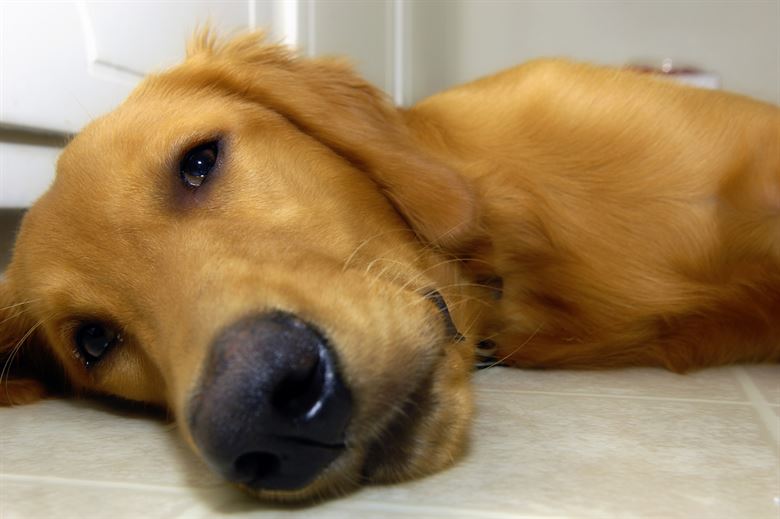



फोटो: af.mil
That is why I highly recommend introducing variety into a dog’s life as soon as the dog is ready for it.
The variety can be in the items that we bring in every day and leave in the room in order to provoke the dog to explore them in our absence. Items can be completely different: from sticks and leaves brought from the street, with the smells of the street, to household items. Everything is fine, everything will do, just think carefully: will this item scare the dog?
For example, is a stool a good item to get to know? Yes, but only if you can already be near the dog at the time of familiarization, if he has already begun to trust you. Because, exploring the stool alone, the dog can put its paws on it to see what is there on top (most likely, it will do so), the stool can stagger (or even fall down). In this case, the dog can be frightened: a sharp loss of balance with a staggering stool, a roar of a fallen stool, when a stool falls, it can hit the dog – this is generally a terrible horror!
The item must be safe for the dog. The dog must be able to contact him in complete safety.
In the early days, I usually recommend bringing food-related items to the dog – the simplest search toys.
First, food interest provokes the dog to move in space and take active actions in order to get food.
Secondly, at the moment of obtaining food, the dog has to endure touches in the muzzle area, thereby we begin to passively teach the dog that stubbornness is rewarded: do not pay attention to the touch of paper – climb further, dig, get a reward for it.
Thirdly, again, we passively teach the dog to play and toys, and the ability to play will be necessary for us in the future to develop contact between the dog and the person, for the training process. And this is a very important point, because. often wild dogs do not know how to play with toys. They didn’t need it – their life consisted of survival, what kind of games are there. They stopped playing at early puppyhood. And we will teach them this purposefully.
And fourthly, usually dogs are very fond of such games, they are waiting for them. And it is these games that serve as a bridge to start interacting with a person.
In more detail I will dwell on such games in other articles. Now we will return to the new objects in the environment of the dog. I like to bring a roll of toilet paper to the dog – let him explore: you can drive it, try it on the tooth, roll it out and tear it with your teeth. A plastic basin lying upside down: you can put your paws on it, pry it with your paw, you can put something tasty under it.
Anything, there is never too much.
Just be a dog when choosing an item, think like a dog to understand if the item will be safe or if it can scare the wild.





